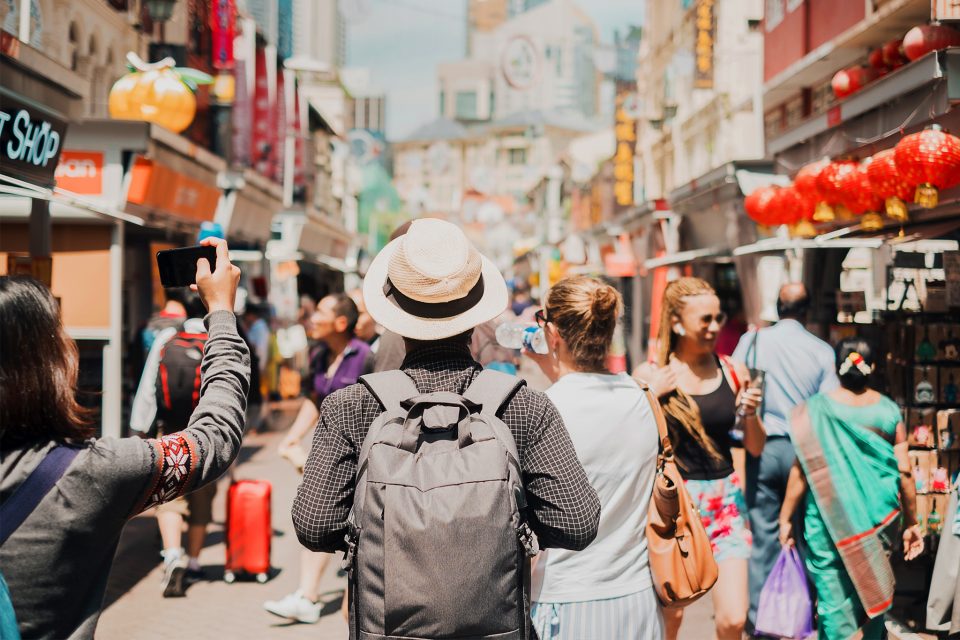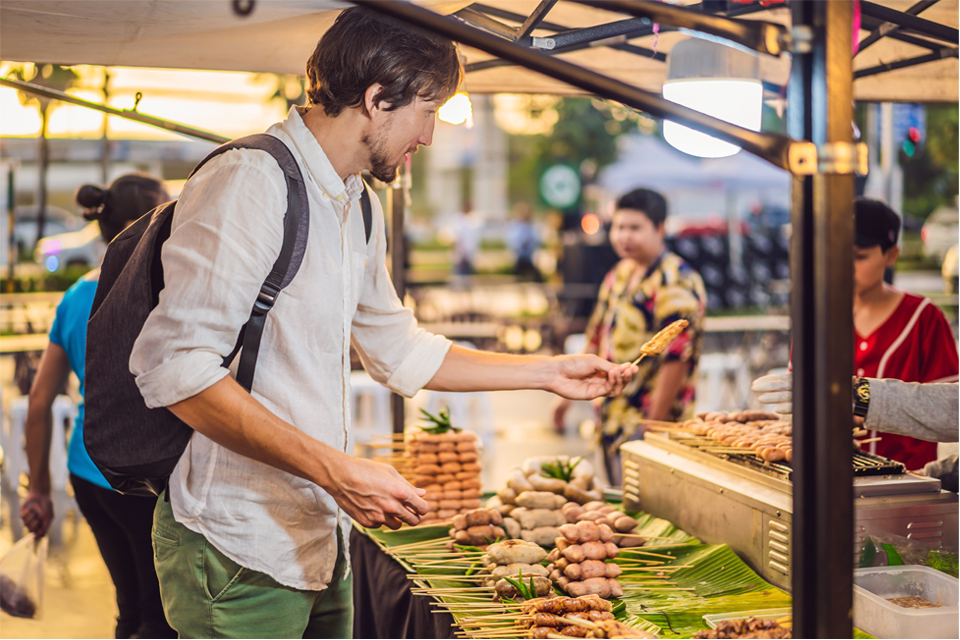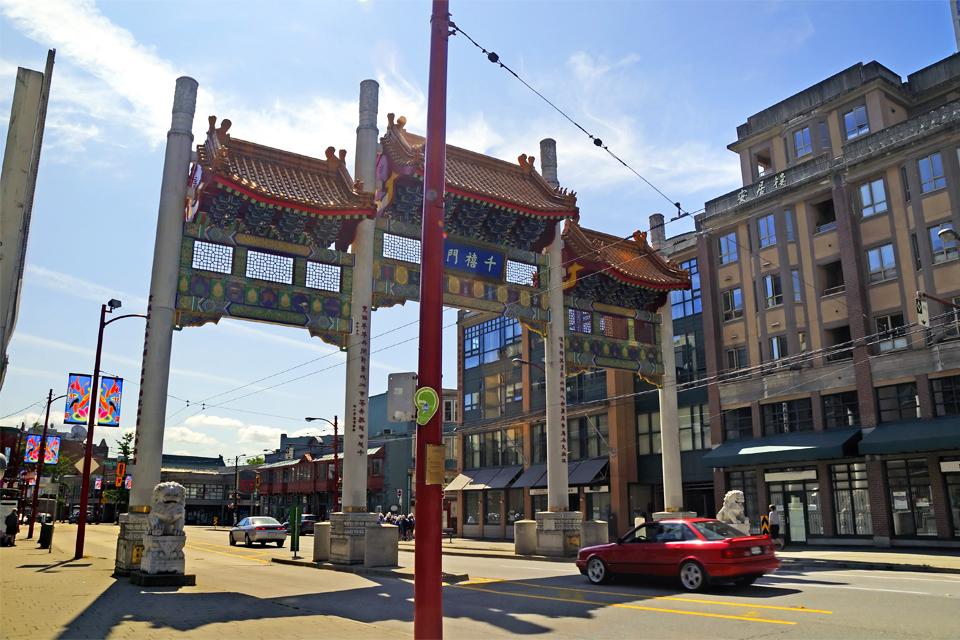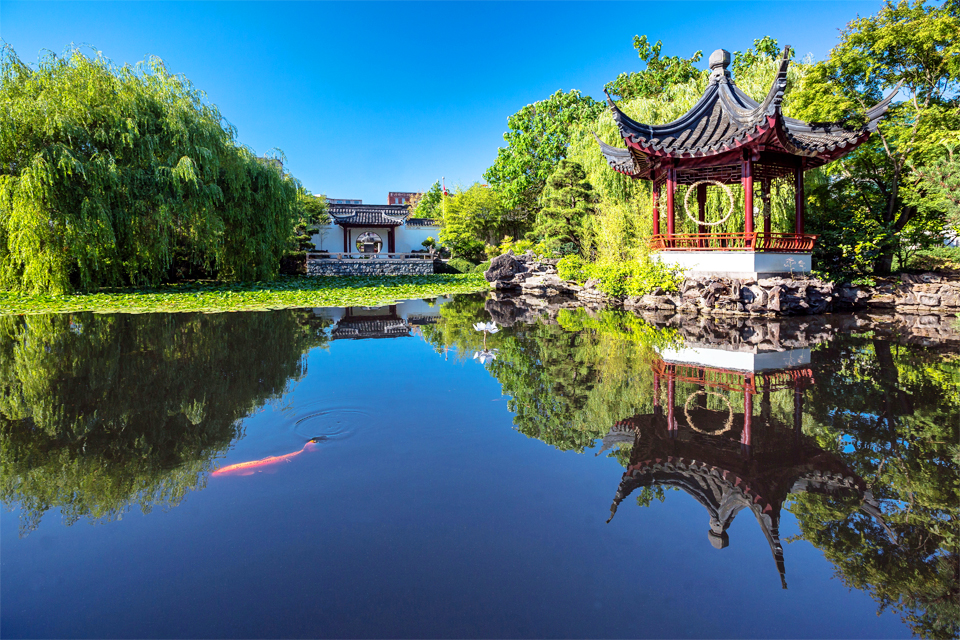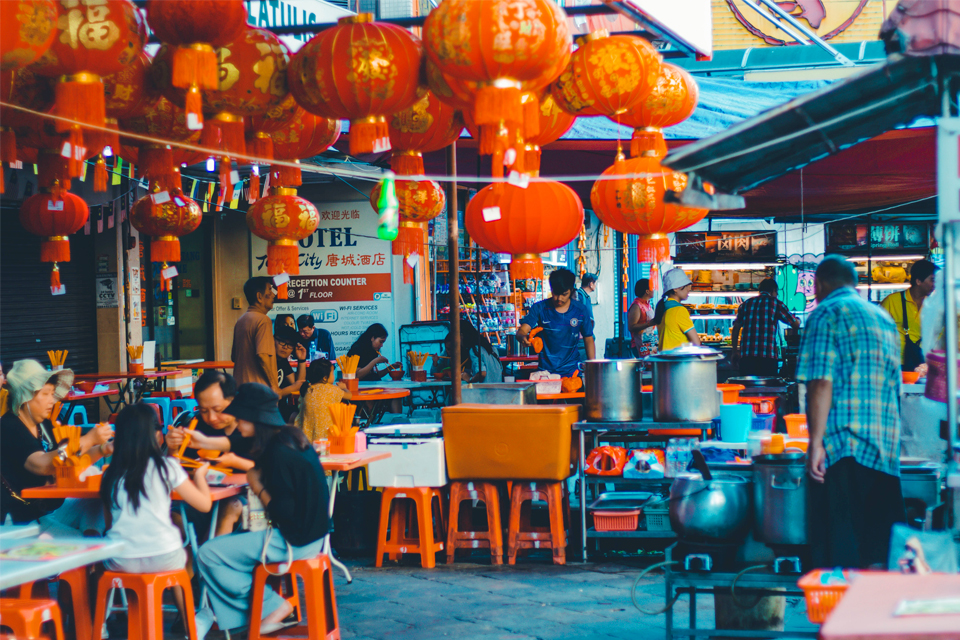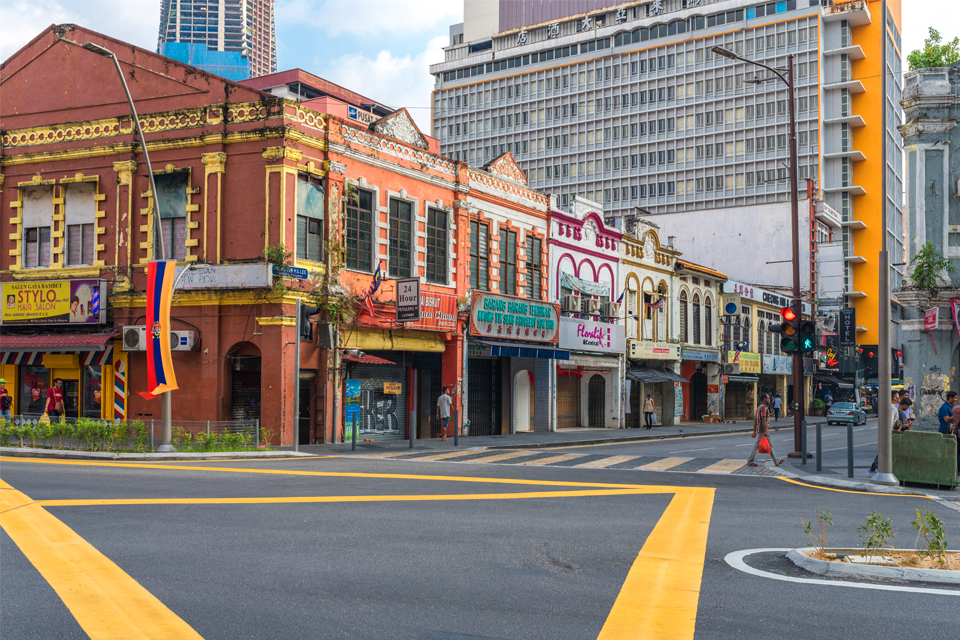Chinatowns are a ubiquitous existence all around the world’s main cities – a stage to explore the Chinese culture, cuisine and design.
These are cities within cities: adventurous, bustling, full of distinctive signage, and they consist of long lines of street vendors selling unusual items, red lanterns hanging from above, speciality shops, a noted lack of big chains, a variety of dialects being spoken, the air filled with bargaining as well as the noise of the spoon hitting the wok, and multitudes of unique and exciting food choices.
Chinatowns around the world are located, from the Americas to Europe as well as Africa, Australia and Asia. The Chinese Diaspora refers to the phenomenon of Chinese migration that resulted in close to 50 million ethnic Chinese living outside of our homelands of China, Taiwan, Hong Kong, and Macau, and are referred to as (huáqiáo) or (huáyì) and overseas Chinese in English.
While the most substantial population clusters are located in Southeast Asia and the United States, there are dozens of countries that also have significant Chinese populations, from Peru to Australia. One of the products borne from this phenomenon is Chinatowns.
Today’s Chinatown is a unique neighbourhood defined by its people, its institutions and its history – a history of welcome, rejection and acceptance. Chinese-style buildings and the narrow bustling streets give Chinatown its character.
Chinatowns are also well-known destinations to enjoy ethnic foods. Not simply Chinese cuisine, but Vietnamese, Thai, and Malaysian also have a place in the Chinatown experience. Each year, in late January or February, Chinese New Year is celebrated immensely in Chinatowns around the world.
Chinatowns are bustling cultural hubs that can be found in virtually every major city in the world, and they are typically located in prime downtown areas often with elaborate gateways. Here are our best Chinatowns around the world that are a must-visit.
San Francisco Chinatown
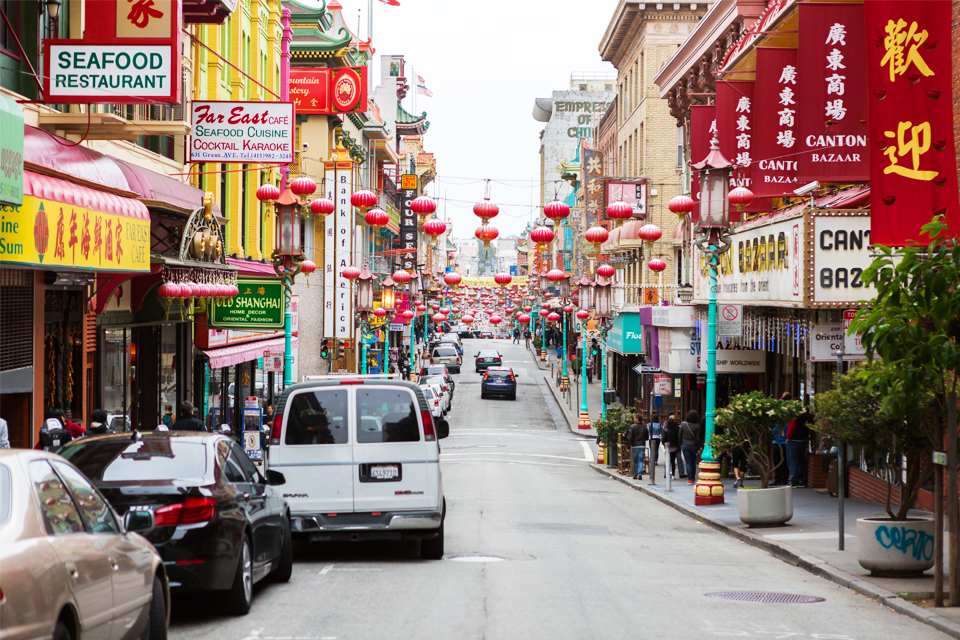
Cramped and colourful, San Francisco’s Chinatown covers 24 square blocks, houses the second biggest Chinese community outside Asia (New York’s is first). there are exotic emporia, temples, tea houses, restaurants, Chinese banks, schools, law offices, bookstores, laundries and factories recalling the sweatshops of earlier times. To enter through the front door, approach Chinatown from the Union Square area or the Financial District. Grant Avenue is the prime tourist promenade of Chinatown, but be sure to veer off to find a more authentic experience on Broadway and Stockton Street and the tiny alleyways in between.
Here, you can visit the Golden Gate Fortune Cookie Company, from where those typically American-Chinese sweets originate. You can watch the deft hands of the operators folding moist cookies around slips of paper enigmatically foretelling the fate of future customers at Chinese restaurants around the world.
And if you’re looking for a hotel to stay nearby make sure you check out Fairmont San Francisco, speak to Travel Center and book your holiday to San Francisco Chinatown right now!
New York Chinatowns
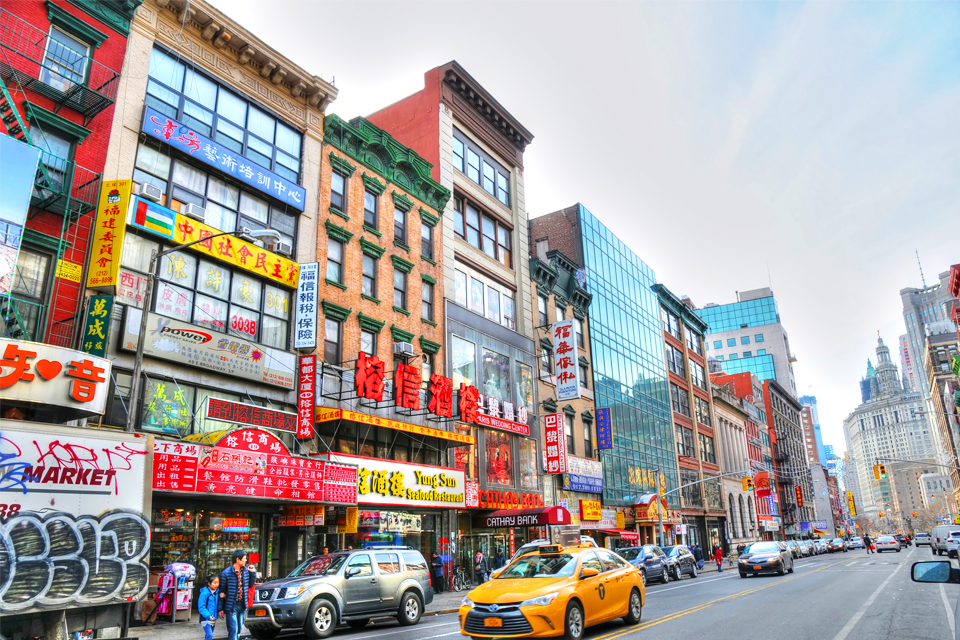
New York is home to the second biggest Chinatown in North America, after San Francisco. Located in Lower Manhattan, the neighbourhood grew so fast in the latter half of the 20th century that it almost swallowed neighbouring Little Italy – although we won’t get into that right now. One of the liveliest and most eclectic Chinatowns we’ve ever come across, the area boasts cuisine from just about every Chinese region imaginable. Like London’s Chinatown, New York’s also provides a home to any number of seedy, chic and late-night bars.
Make sure you check out Wyndham Garden Chinatown/SoHo when you’re visiting New York Chinatowns on your holidays with Travel Center.
Top Tips When Exploring New York Chinatowns
- Make a day trip to this suburb if you are travelling to Brooklyn Bridge. Brunch in Little Italy too because it is just around the corner.
- New York City is costly; you have to pay at least $9 to $15 for breakfast or lunch if you’re in Downtown Manhattan. But if you visit Chinatown for a breakfast/lunch, it won’t break your wallet. Everything is so low-priced in New York Chinatowns.
- Where to eat? Joe’s Shanghai. This restaurant has the top crab meat pork dumplings and its pretty popular with the residents. And there are a few Chatime (bubble tea) places in this suburb. Also, travel to Little Italy for a perfect dinner because it won’t be as costly as having dinner downtown.
- If you want to get your day-to-day groceries and provisions, this is the place to visit. Everything is so much cheaper in this suburb.
- This suburb tends to get very loud because it is so close to the main train track that links to Brooklyn. If you are a budget traveller, then this is a great place to hire a motel/apartment. This suburb is not your regular upper east side suburb so do not whine about the smell, the people, the noise and the ambience. It does have its own diverse culture.
- Also, I have never seen so many Chinese Asian bakeries assemble in one suburb. This has to be the suburb with the highest amount of bakeries. They are cheap and tasty, ideal for a cheap lunch. Purchase some baked goods and fresh sweet soy milk and go to the closest park for a perfect lunch.
- I have to say this has to be the safest Chinatown I have ever been to. Everyone seems to care about their own business and you feel truly safe around here no matter where you come from. You would also find old and young Chinese people hanging out in the neighbouring park at night practising Chinese dancers.
Chinatown Vancouver
Vancouver’s compact Chinatown, dating from 1885, is the biggest in Canada and the third-largest in North America (after San Francisco and New York). It stretches for several blocks east from Main Street and its centre is a 10- to 15-minute walk from downtown. On Columbia Street is the Chinese Cultural Centre, which provides a good introduction to the role of the Chinese in western Canada’s history. From esoteric Chinese herbs and spices to jade and silks, there are numerous specialist shops along East Pender and Keefer streets to fascinate even the most shopping-averse. Vancouver’s Chinatown is also the location of the world’s narrowest commercial building – the Sam Kee Building. The property is just 1.5 metres deep.
Providing a sanctuary of nature within the bustling city, the Dr Sun Yat-sen Park and Classical Chinese Garden were built by 52 artisans who came over from China in the 1980s. It is thought to be the first full-scale classical Chinese garden built outside China.
Check out the Rosewood Hotel Georgia on your holiday to Chinatown Vancouver with Travel Center.
Chinatown Amsterdam
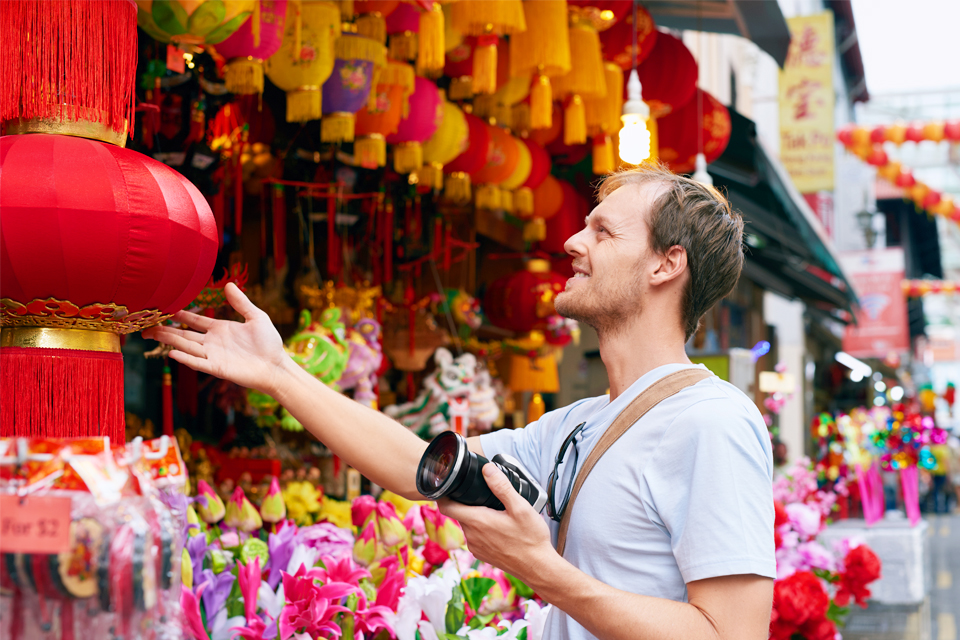
Wind your way through the perennial bustle of the Red Light District and out the other side of the lively Niuwmarkt square and you’ll arrive in Chinatown Amsterdam. Expanding rapidly after the Second World War, gambling houses, opium dens and restaurants sprung up in the area. These days it’s only the restaurants you’ll find in plain sight – not that that’s to say those nefarious parlours of ill repute aren’t lurking somewhere out there!
If you’re looking for a hotel to stay nearby then check out Hard Rock Hotel Amsterdam American on your holidays with Travel Center.
Suggested Read: 06 Things to do in Amsterdam
Chinatown London
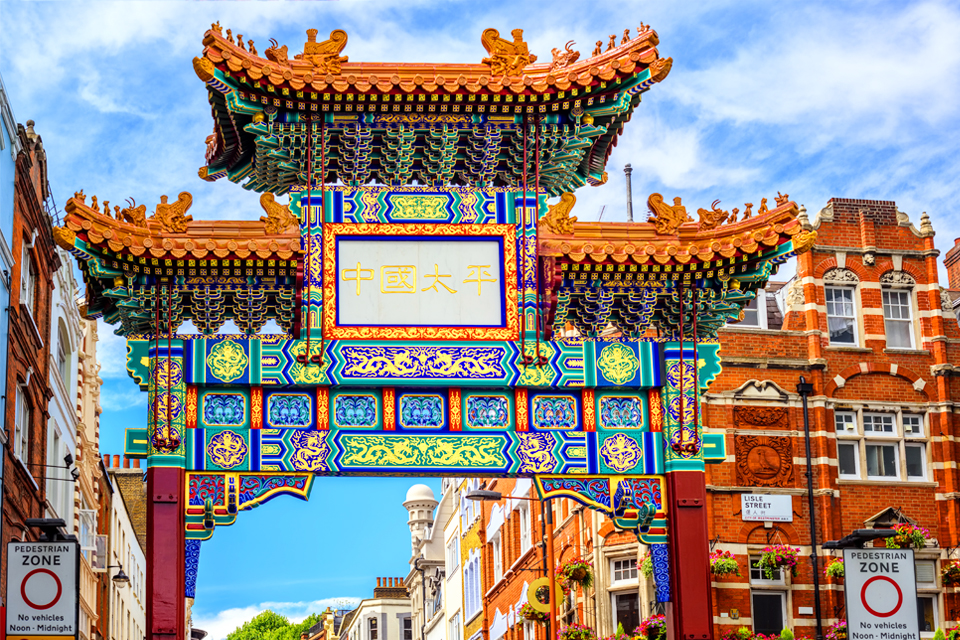
Gerrard Street, which lies between Leicester Square and Old Compton Street, is the main thoroughfare of Chinatown London. Chinese immigrants, mainly Cantonese from Hong Kong, started to settle in the area during the 1950s. Street names are subtitled in Chinese, and the tops of telephone boxes resemble mini pagodas.
Eating out is the main attraction here, but there are also herbal and medicine shops to explore. On Sundays, a family outing day for the city’s Chinese, there is a Chinese food market. Chinese New Year is celebrated in style, with massive papier-mache lions dancing through the streets.
Make sure you check out The Montcalm Royale London House to encounter the best of Chinatown London on your holidays with Travel Center.
Kuala Lumpur Chinatown
Kuala Lumpur Chinatown is positioned on Petaling Street, which itself passes amid Jalan Pudu and Jalan Sultan. A regular flea market sells everything from clothes and electronics to perfumes, CDs and street food. Expect to pass across hundreds of stalls and pre-war shophouses down Petaling Street. Hawkers, generally Chinese with a sprinkling number of Indians and Bangladeshis, sell their merchandises on either side.
For handicraft and souvenirs, visit Central Market, or Pasar Seni. The indoor market sells numerous crafts, batiks and embroidery. Travel further from Petaling Street and discover Buddhist and Taoist temples. Follow the side streets and go into Kuala Lumpur’s unofficial red-light district.
And if you’re looking for a hotel to stay nearby make sure you check out Best Western Petaling Jaya Hotel Kuala Lumpur, Chinatown.
Chinatown Singapore
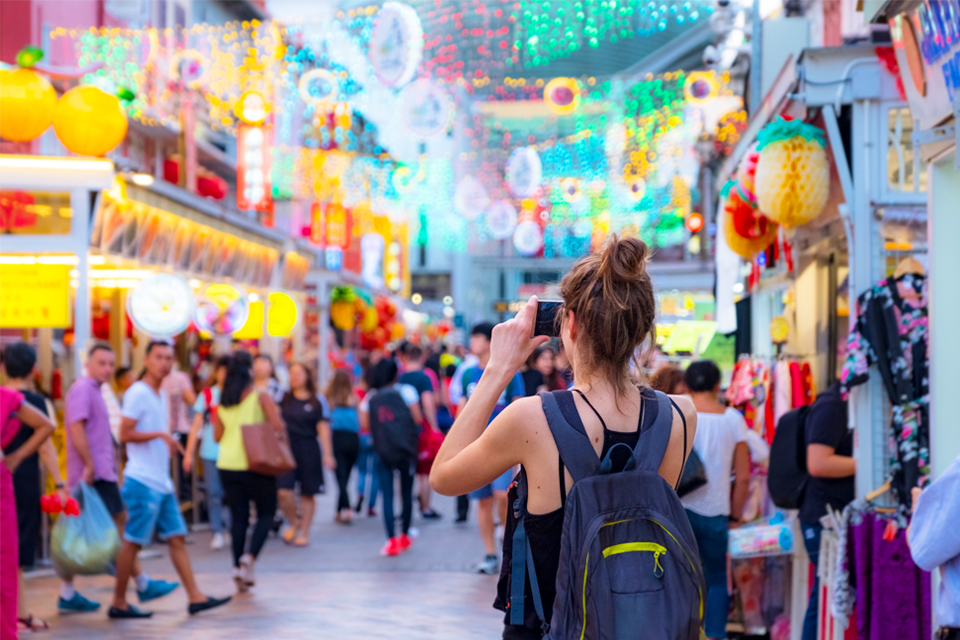
It may seem odd that Singapore, with a primarily Chinese population, has a Chinatown. But this can be traced to Raffles’ original town plan, which allocated the different races to numerous districts. Today’s Chinatown is hemmed in by soaring high-rises, but remnants of the traditional could still be seen.
Conservation shophouses are where you’ll discover decades-old businesses, which stand shoulder to shoulder with even ancient places of worship. Medical halls distribute customary herbal cures and families gather to restaurants for dim sum at the weekends. Exotic sights and aromas still rule. There are rare Asian ingredients and frogs to be peeled in the fresh produce market. At certain times of the year, the streets are packed with the strong scent of durians.
You can check into Park Regis Singapore to experience the best that Chinatown Singapore has to offer on your holidays with Travel Center.
Bangkok Chinatown
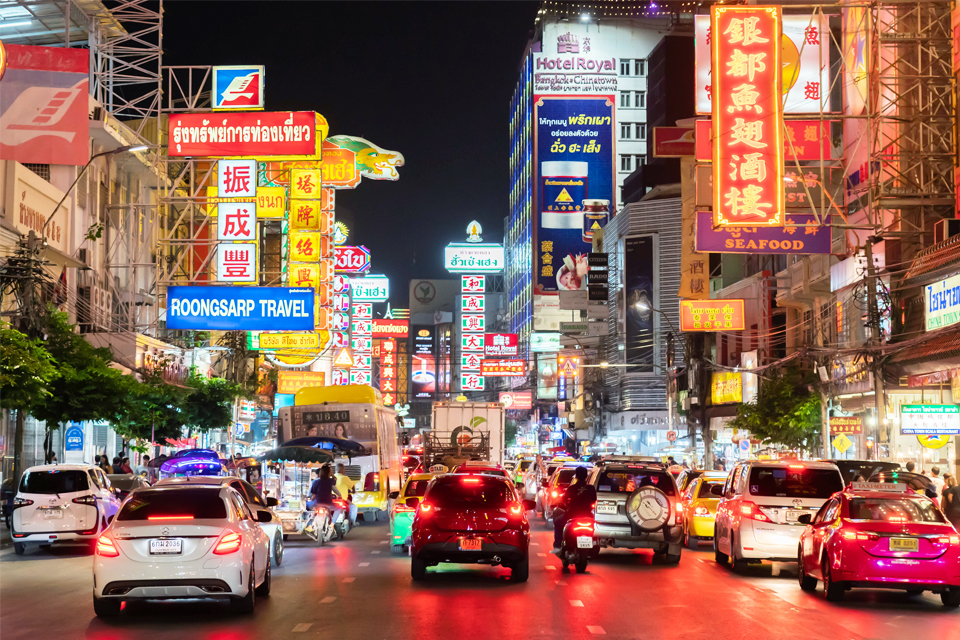
One of the oldest parts of the city, Bangkok’s Chinatown preserves thin lanes of messy markets not much changed since its formation. Overpowering food stalls, decorative Chinese memorials: loud, energetic and hyperactive, this is Bangkok at its primitive best. The beginnings of a genuine Chinatown came when King Taksin encouraged Teochew workers and dealers to move from southern China in 1767 when he picked Thonburi as his new capital.
Chinatown’s boundaries now extend beside the Chao Phraya, loosely from River City shopping compound to the brink of Pahurat Market. Chinatown has been enormously prominent in Bangkok life since the beginning of the city. It is the centre of the gold trade and has a 200-year-old market, Taoist temples, and a 5-ton solid-gold Buddha at Wat Traimit.
Check out Grand China Hotel on your holiday to Bangkok Chinatown with Travel Center.
Suggested Read: The 5 Best Dishes to Eat in Bangkok
Melbourne Chinatown
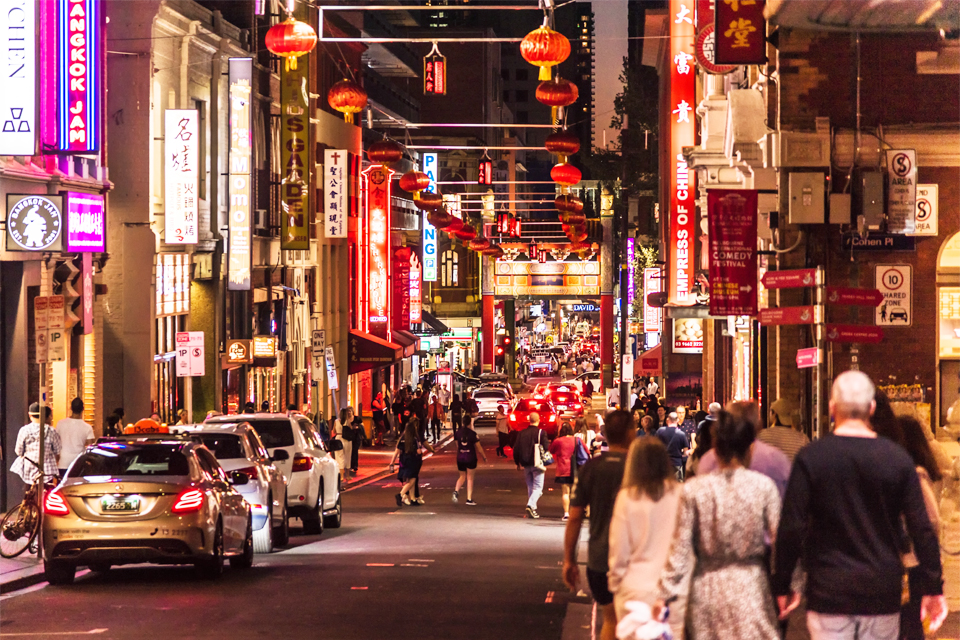
A foodie city itself, Melbourne was always expected to have a Chinatown whose restaurants make for its main appeal. From Little Bourke Street to Spring Street, the Chinatown expanse blends the newer breed of genuine North Chinese and Sichuan restaurants with the more familiar Cantonese dumpling joints. Enticed by the 19th-century Australian gold boom, the Melbourne Chinatown community has been active since the 1850s.
To experience the best of Melbourne Chinatown you can check out Radisson on Flagstaff Gardens on your holidays with Travel Center.
Book your holidays with Travel Center and explore these topmost intriguing Chinatowns around the world, the sights and smells of the world’s largest Chinese neighbourhoods seem omnipresent, but look closely and you’ll see that each has its distinctive sense.

